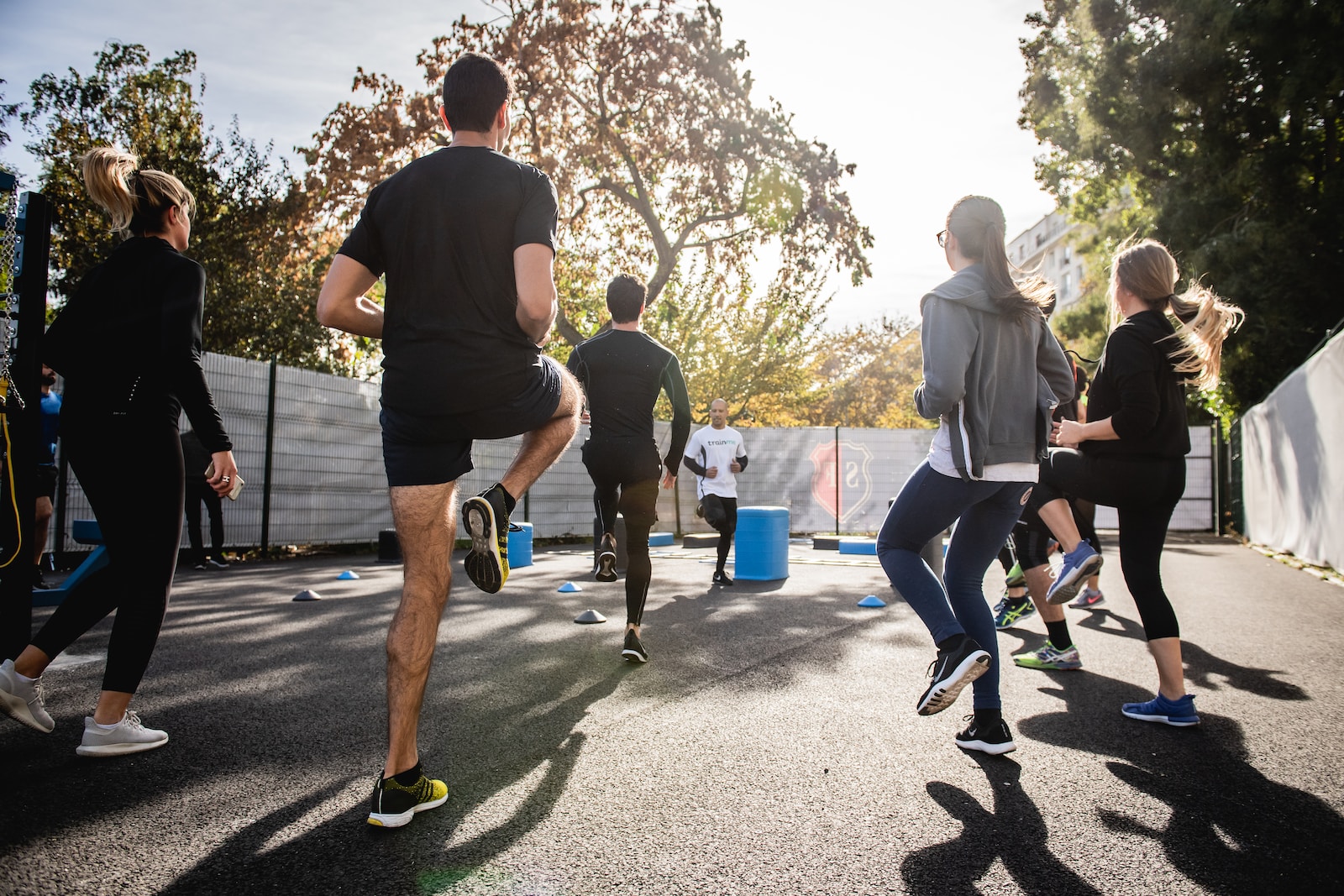Aerobic exercise recommended for those suffering from hypertension
Hypertension is the first cause of non-eligibility for competitive sports. Aside from the problem of occasionally elevated blood pressure in young athletes, we are having to confront the growing problem of hypertensive, sometimes elderly, athletes, possibly on medication. After all, the HARVEST study, carried out on young hypertensive patients (average age of 33 years), showed that only 25% of the men and a negligible proportion of the women carried out regular physical activity.
The value of physical activity, particularly aerobic exercise, in preventing the development of coronary disease and in the reduction of blood pressure has been sufficiently proved. The hypotensive effect is observed in both hypertensive and normotensive patients, although it is more significant in the former category and proportional to the initial blood pressure values. The decrease in blood pressure with aerobic exercise is also more noticeable in women and in elderly subjects. All causes of death and coronary disease are reduced in physically active elderly subjects, especially above 70 years of age. Aerobic activity improves resting blood pressure and its response to psychological and emotional changes, and prevents cardiovascular events through a variety of mechanisms.
There are still however several questions regarding the optimal use of physical activity as an instrument for prevention of cardiovascular events. Firstly, only a few of the studies took into consideration subjects involved in intense physical activity. Furthermore, some studies show that regular physical activity, especially if aerobic, lowers blood pressure and extends life expectancy, but that intense physical activity does not provide significant benefits to healthy individuals. Finally, it is not known whether competitive sports could negatively influence the progression of hypertension, as there are no follow-up studies, although considerable physical activity can facilitate the decrease in coronary events in these subjects. It is therefore necessary to evaluate the hypertensive subject, verifying the function of his cardiovascular system, before prescribing physical activity, even of aerobic nature. In general, we can claim that the most appropriate exercises for subjects with ischemic heart disease are those that require aerobic exercise (so those based on endurance rather than power, activating aerobic metabolism), with low to medium cardiovascular strain (causing small increases in heart rate and blood pressure) and limited effort. These include cycling on flat ground, cross country skiing, swimming, golf, jogging or brisk walking, skating and others.
What are you waiting for? Aerobic exercise awaits you; with many different options at your fingertips, all you need to do is pick one you like!
Scientific articles below:
- Ipertensione arteriosa e sport ((G Ital Cardiol 2010; 11 (10 Suppl 1): 98S-101S)) http://www.giornaledicardiologia.it/r.php?v=660&a=7698&l=10677&f=allegati/00660_2010_10/fulltext/S1-10_2010_21_98-101.pdf
- Neural control of circulation and exercise: translational approach disclosing interactions between central command, arterial baroreflex and muscle metaboreflex. (Am J Physiol Heart Circ Physiol. 2015 May 29) ABSTRACT http://www.ncbi.nlm.nih.gov/pubmed/26024683
- Aerobic exercise reduces blood pressure in resistant hypertension. (Hypertension. 2012 Sep;60(3):653-8) http://hyper.ahajournals.org/content/60/3/653.long
- Acute and Chronic Effects of Aerobic and Resistance Exercise on Ambulatory Blood Pressure (Clinics (Sao Paulo). 2010 Mar;65(3):317-25) http://www.ncbi.nlm.nih.gov/pmc/articles/PMC2845774/


